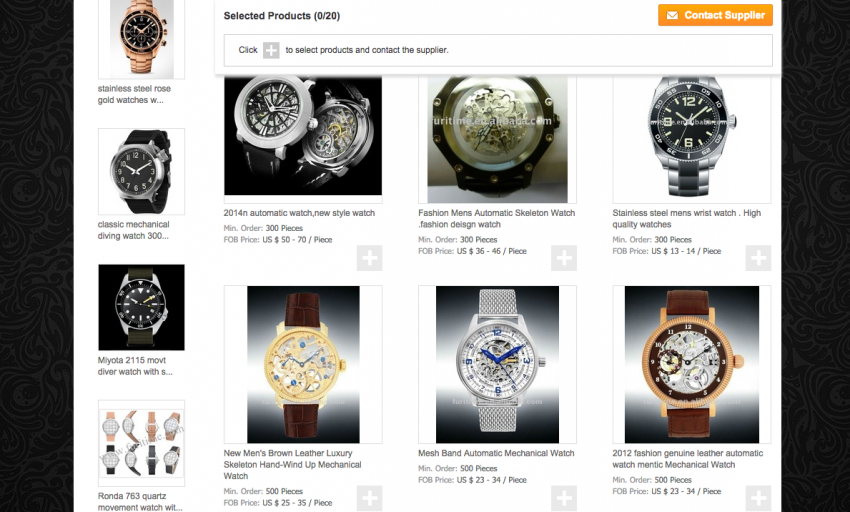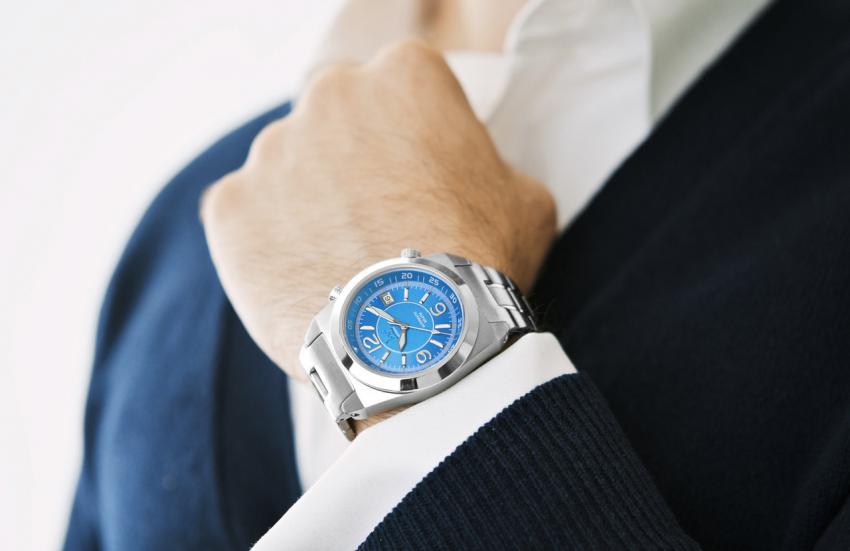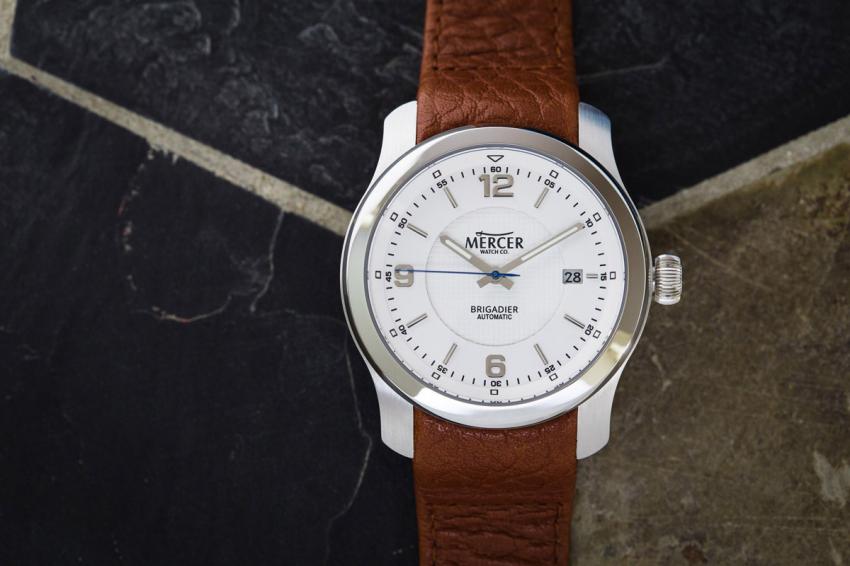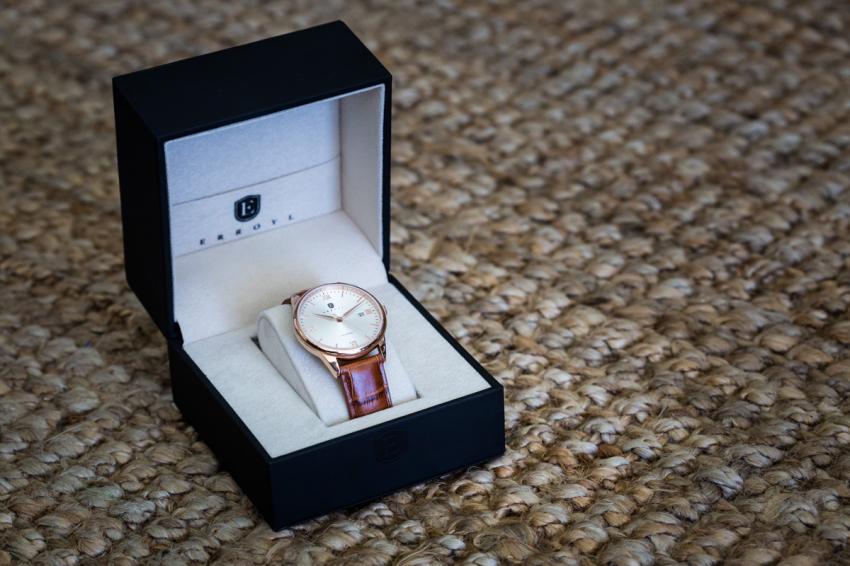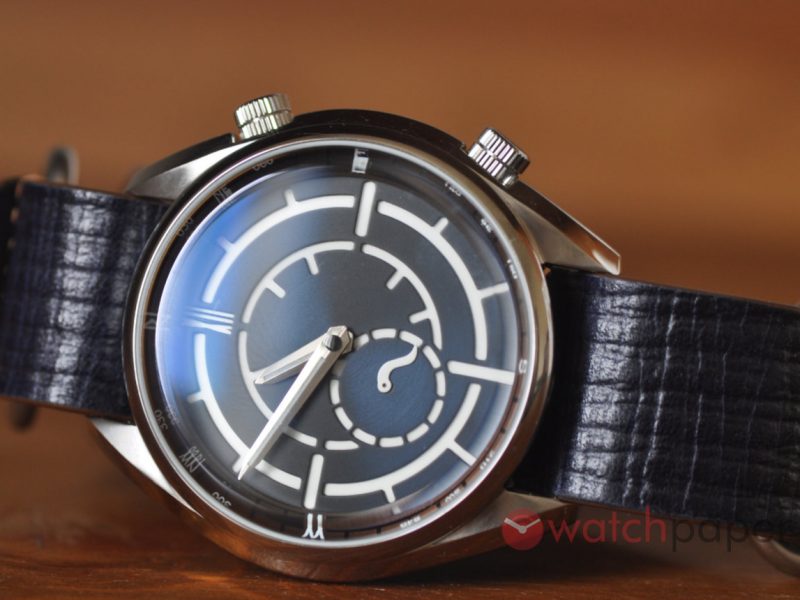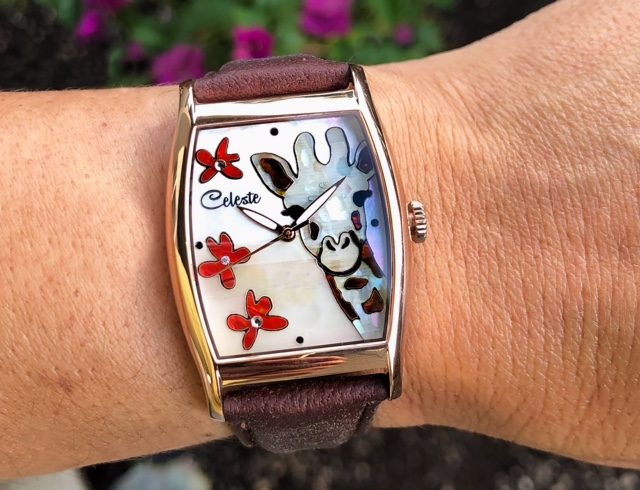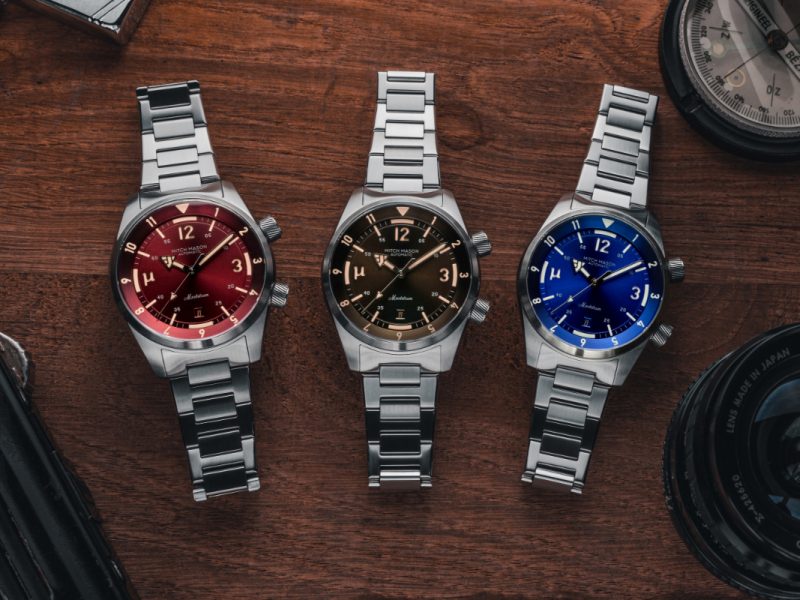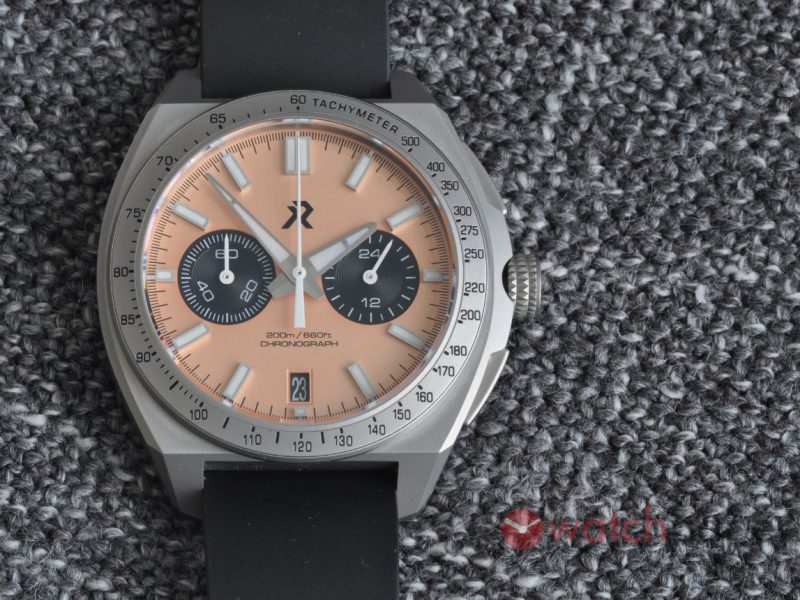About pricing microbrand watches
When it comes to buying a watch, be that a brand new high-end timepiece, a vintage watch, a used watch, or a microbrand, the question of what is the correct price, comes up quite often. Just go to a decent watch boutique, and you will hear the sales clerk — if it’s a professional who knows its trade — explaining the customer the price of the watch and answering all his questions. He will talk about the history of the brand, the mechanism, the materials, maybe about the awards that model has won, so that the customer makes an informed decision.
For microbrand watches, the story is a bit different, the vast majority of them are sold online and unlike watches that you can buy from a brick-and-mortar store, it is up to the customer to figure it out all alone, if a particular watch is worth his money. The technical specs are there, the blog reviews are there, people can even interact directly with the brand owner through forums or email, but in the same time, there is plenty of information online that can confuse things, resulting in more questions than answers.
To give you an example, someone on the Microbrand Watches Facebook group, posted a picture from Alibaba of a watch he was quoted $65 using Seiko NH35, or $95 with a Miyota 9015. The minimum order quantity was 300, so he wanted to see if others in the group would be willing to embark in ordering this watch. It was quite good looking and some of the members expressed their interest, considering the low price. At $65, some were even ready to signup for several pieces.
Many of the members in this group are actually owners of microbrands and the thread quickly turned into a very interesting discussion about pricing. There were two camps, one questioning the practice of selling a watch for $xxx when someone with enough friends could order pretty much the same model directly from Alibaba for $xx. The other camp was arguing that things are a lot more complicated and that the price quote given by the Alibaba supplier is just the tip of the iceberg.
Unfortunately the original poster removed the discussion and many valuable insights about running a microbrand got lost. Stephan Trimbos, the owner of Stuckx Watches revived the discussion in a new thread, where many myths and misconceptions got busted, but because of the short-lived nature of Facebook posts, I wanted to safeguard them in a blog post that anyone could easily find with Google.
This article is trying to extract from the Facebook discussion the different aspects of running a watch brand that will impact the price of a watch. In addition, I invited several microbrand owners by email to further develop their arguments. Let me introduce them: Chris Vail, owner of Lew & Huey; Stephan Trimbos from Stuckx Watches; Wes Knight, founder of ERROYL; Nick Warner from Uhuru Watches and founder of Microbrands Watch World; Scott Vuocolo, owner of Mercer Watch Co.
I hope it will help you make a more informed choice when it comes to buying your next microbrand watch and it will also shed some light on building up and running a new watch brand for those of you that want to get your feet wet in this business.
It is a business
As Chris Vail pointed out, it is important for customers to understand that a microbrand is, after all, a business and for its survival it is important to have a profit at the end of the day. This is just as important for the brand as it is for their customers, because a bankrupt brand is not good for anyone. Finding the proper price is not easy, asking more than the market is ready to pay will quickly backfire and it can be fatal to leave too much on the table.
There is more than the watch
Many of the comments left were talking about all the hidden or overlooked expenses that a customer would take for granted.
Nick Warner:
“There’s a lot of other overheads that have to be built into the price that are easily overlooked, marketing, packaging, shipping, returns, QC etc. That stuff is not free.”
Let’s break this down… When you buy a watch from a microbrand, maybe you don’t realize, but in most of the cases there was a lot of investment that went into the promotion of that watch. Setting up a website, getting a photographer to take decent shots, a graphic designer to create eye-catching visuals, promoting it with banners on different online and offline channels, all this is money. Without mentioning the time spent online by the people behind the brand, to present their products and respond to eventual questions.
Before the watch would be shipped to your door, it goes trough a meticulous QC that will take time and effort. Before that, the watches were shipped from the supplier, adding more costs to the project. Talking about shipping, often brands will offer their customers free shipping, but it’s not free as in free beer, it’s free in the sense that you don’t know, or you pretend that you don’t know about its existence. The truth is that behind “free shipping” there is a lot of psychology and it is often used as marketing tool in e-commerce. It works, people actually prefer free shipping over discounts.
OK, there is a parcel at your door! Your watch has arrived! You open it, and there is a beautiful box, you don’t see the watch yet, but your hearth is already pumping harder. You open the box and maybe for the first time, you will see the actual watch! If you’re a watch nerd, you know the feeling.
Now, imagine the same scenario, but instead of the box, you get the watch in a bubble-wrap envelop. It’s the same watch, but the experience won’t be the same… For more about the importance of packaging, check out TimeCaptain’s blog: Package your piece.
After wearing your new watch for a while, there is something that goes wrong, it needs to be fixed. Since you’re dealing with a brand that takes its customer satisfaction seriously (I hope), you can send back the watch and they will fix it or they’ll send you a new one. This is priced in the watch. If you see something that is too good to be true, it’s probably because the brand did not priced it correctly and they have embarked on a slippery slope that can easily get them ruined, or — unfortunately it can also happen — it’s not a true brand with a longterm vision, it’s just a money making scheme.
Let me quote Chris again:
The customers only see the price tag on the watch in front of them. They don’t see the risks of under-priced products until they’re affected. They only begin to pay attention when an Olivier or Stolas takes their deposit and disappears with the money, or a case turns out to be brass not bronze (and I’m not picking on Magrette, that’s an example of how you’re supposed to handle a crisis), or a movement turns out to have a 30% defect rate (like I had with the Riccardo).
My business was able to survive that disaster – right out of the gate with our first model – because I charged enough for what I was selling, and because I wanted to be in business for the long haul, just like with Magrette and the brass case thing. Businesses that under-price are setting themselves up for failure sooner or later, but all the customers care about is getting a Miyota 9015 and all the other goodies for $300, which is just stupid pricing. Cash is the lubricant in the gears of our businesses. What are you going to do when you have a 90-click bezel with tons of slop, a brass case that was supposed to be bronze, a chrono seconds that doesn’t reset exactly to 12, a shitty crown assembly, etc, etc?
As you see, there is a lot more going into the price than just the watch. But, we’re still far from the truth when it comes to the final price of a watch. We still didn’t touched upon value…
Value
Value is an important aspect that many people seem to not understand.
Stephan Trimbos:
Price indeed is more than the sum of costs. Price should be a translation of the value, for a certain group of customers. Value is not only made of components and other costs.
Without trying to cover 100% all of the expenses an entrepreneur would have, we went trough the most important ones in the previous section. Value is something that is more abstract, something that is harder to quantify and calculate than an expense, such as shipping for example.
When we talk about value, the first thing that comes to mind is originality. It is the bread and butter of a valuable microbrand.
These companies are not at the stage to create custom, in-house complications, like big established brands would do. Having a unique design can differentiate a microbrand from the rest. This is what their customers want, and many of them are turning to micros in order to have something less common at an affordable price. I often see online, people comparing diver watches made by a microbrand to Seiko, questioning the price. Why would they pay $400 or more, for a brand they never heard of, when they can get a Seiko diver on Amazon for $150? Seen from this angle, yes, they are correct and I think they should go with Seiko. But if they want to have something special, a unique design, a model that few people would have, without breaking the bank, then a microbrand is the way to go. In this case the micro diver has more value than the Seiko.
You have to understand, that as soon as a brand decides to go on its own path, with custom case, custom hands, etc., asking their supplier to create tailor-made parts, instead of using off-the-shelf components, the price of production will go up, and this is not all. As Chris Vail would put it:
I can’t spend time designing and managing production of an original design and price it the same way a competitor prices a catalog watch with a new logo.
But value is also a double edged sword, you should stay away from those brands that focus too much energy on advertising and too little on originality. There is no value in their product, you can just move on, there are plenty of other great choices.
There is probably nobody in a better position to estimate the value of a brand, than the people behind it. Don’t expect them to devalue their fruit of their hard work. A brand that takes itself seriously will never offer a discount, just because you asked for one. Wes Knight mentioned that they get emails almost every week from people asking for a break in the price, but so far, they have refused to give in:
…we have been relatively conscious to not make it standard practice to offer discounts outside of the pre-order period. The main logic being that consumers can tend to buy only when a discount is offered, unless they are pure impulse buyers, and we feel it can devalue the brand if our customers know if they are patient we will offer a discount. No doubt this may have resulted in foregoing an element of potential sales but we feel the risk of establishing a pattern where discounts are offered regularly that it can devalue the brand. That said, I don’t promise to not offer discounts in the future :-)
Seconded by Chris:
What can we micro-brand owners do about it? I for one, I am not going to under-price my products or compete in a race to the bottom. I’m not going to endorse or rush to defend another brand when I see them contributing to the problem. I’ll stick up for anyone doing the right thing by charging what the product is worth and taking care of his customers. We all need to take a hard line in this by maintaining sustainable pricing, and speaking up whenever we see the online discussions turn to ‘those greedy micro-brands and their ridiculous markups’.
Did I covered everything? Definitely not… As Scott Vuocolo wrote:
Pricing is one area where there are a lot of questions, some of which should stay unanswered.
I’de like to hear about your experience when it comes to selling or buying a microbrand watch. Your comments will be more than welcomed!


